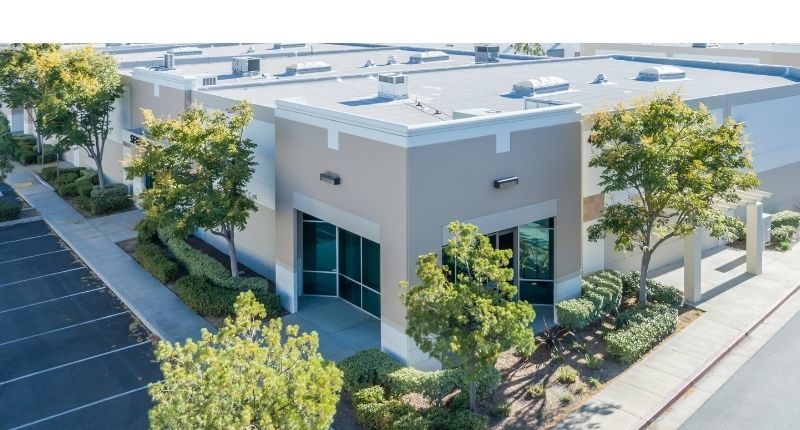- Commercial sector expected to remain strong despite unusual economic issues and change in government
- Neither party has committed to changes in franking credits, capital gains and trust taxation policies
- Despite further interest rate rises, it is unlikely demand for commercial property will wane
Australia’s market leader for property investment within the commercial sector, Burgess Rawson, forecast demand will remain strong despite current economic fluctuations and a change in government.
To avoid the same result as the 2019 election, the Australian Labor Party announced it had abandoned its controversial franking credit, capital gains and discretionary trust taxation policies.
Subsequently, no major tax reform was proposed by either major political party in this election. This meant the commercial real estate market continued through the election campaign undeterred.
Burgess Rawson’s Chief Executive Officer, Ingrid Filmer said “the incoming government is welcomed as it’s unlikely to have a major bearing on the commercial property market. Even rising inflation and interest rates so far have had little impact on buyer demand and prices.”
Notably, Teal independent candidates Zoe Daniels and Monique Ryan have both specifically said they would not support changes to negative gearing, franking credits and trust taxes. This provides relief for investors, especially if Labor requires crossbench support.
“Demand for commercial real estate will continue to be strong because it offers greater stability and higher yields compared to other forms of investment,” added Ms Filmer.
Jesse Lapham, Burgess Rawson’s Chief Executive Officer, confirmed that recent results had demonstrated there had been no impact on demand.
“Yields have actually tightened since the interest rate rise, as demonstrated by our Portfolio Auction results,” said Mr Lapham
“At our Portfolio Auction in the middle of December 2021, we sold 56 properties on a blended yield of 5.22%.
“Then in May, shortly after the RBA’s 25 basis point increase in the cash rate, and right in the middle of the election campaign, we sold 35 properties for a combined $130 million reflecting a blended yield of 5.00%.”
Jesse Lapham, Burgess Rawson
“There’s been no impact for two key reasons. One, demand is outweighing supply in our Portfolio Auctions and EOIs by 6 : 1 and; two, since August, interest rates on commercial property loans had already increased by over 100 basis points.”
Mr Lapham noted that the Weighted Average Lease Expiry (WALE) for Burgess Rawson’s May Portfolio Auction was 8.7 years, highlighting the stability offered by commercial property.
“Given the significant economic changes that have occurred since the Covid pandemic began, and an outlook of continued inflation and interest rates rises, a five, ten or 15 year lease provides investors with a huge amount of confidence compared to any other form of investment.”
Cash rate rise to have little impact on commercial property
Earlier this month, the Reserve Bank increased the cash rate for the first time since 2010. Despite economists expecting the cash rate to rise to 1.5% by the end of the year, and 2% next year, Burgess Rawson expects this to have little impact on the demand for commercial property.
“A post-pandemic investor mindset of touch, see, feel has driven an increase in demand in commercial investment property and, where this exceeds supply, prices are soaring,” said Ms Filmer.
“What we do know is that premium property continues to command premium pricing, as investors seeking quality are willing to pay, and generally do so with a long-term view.”








